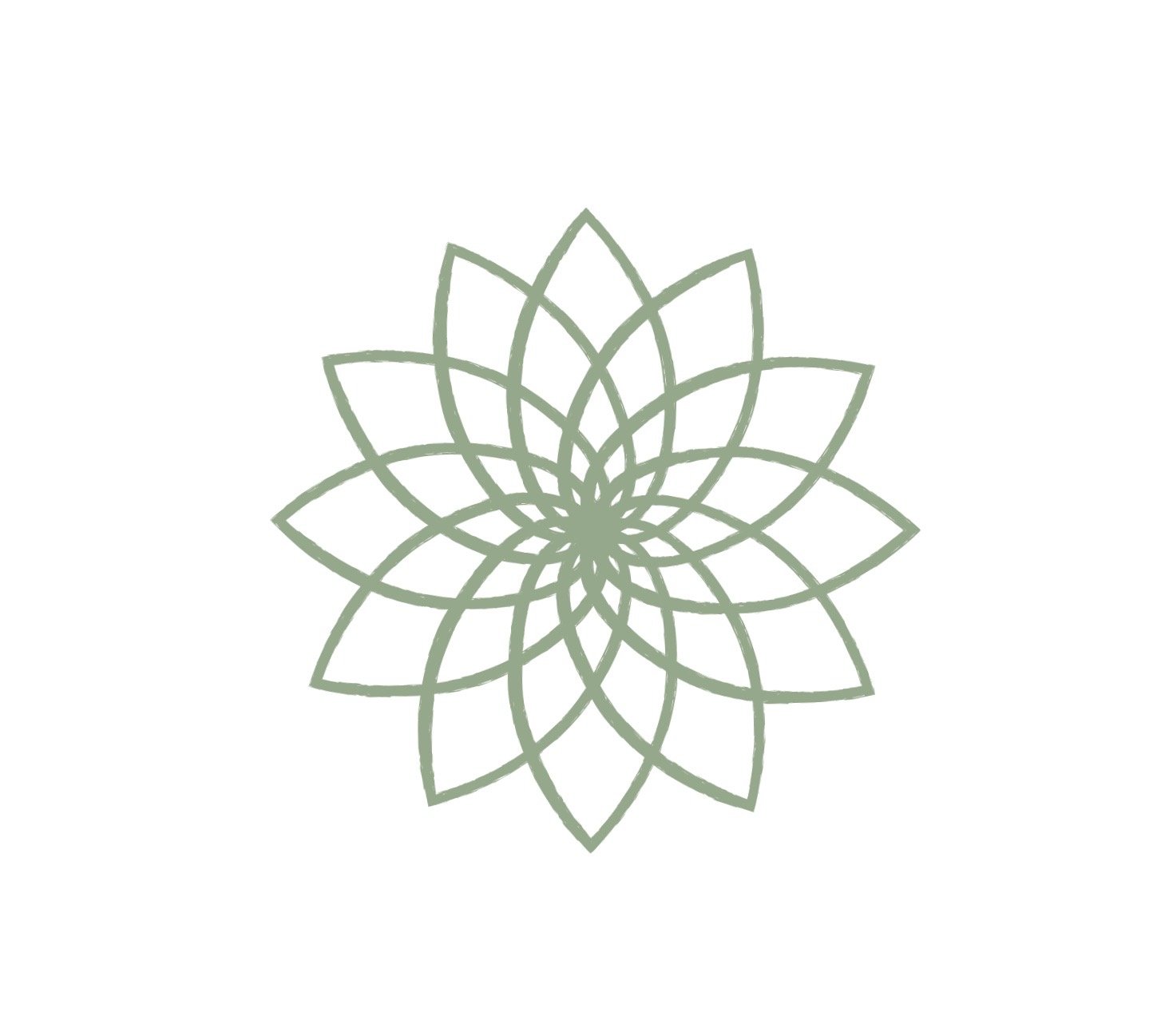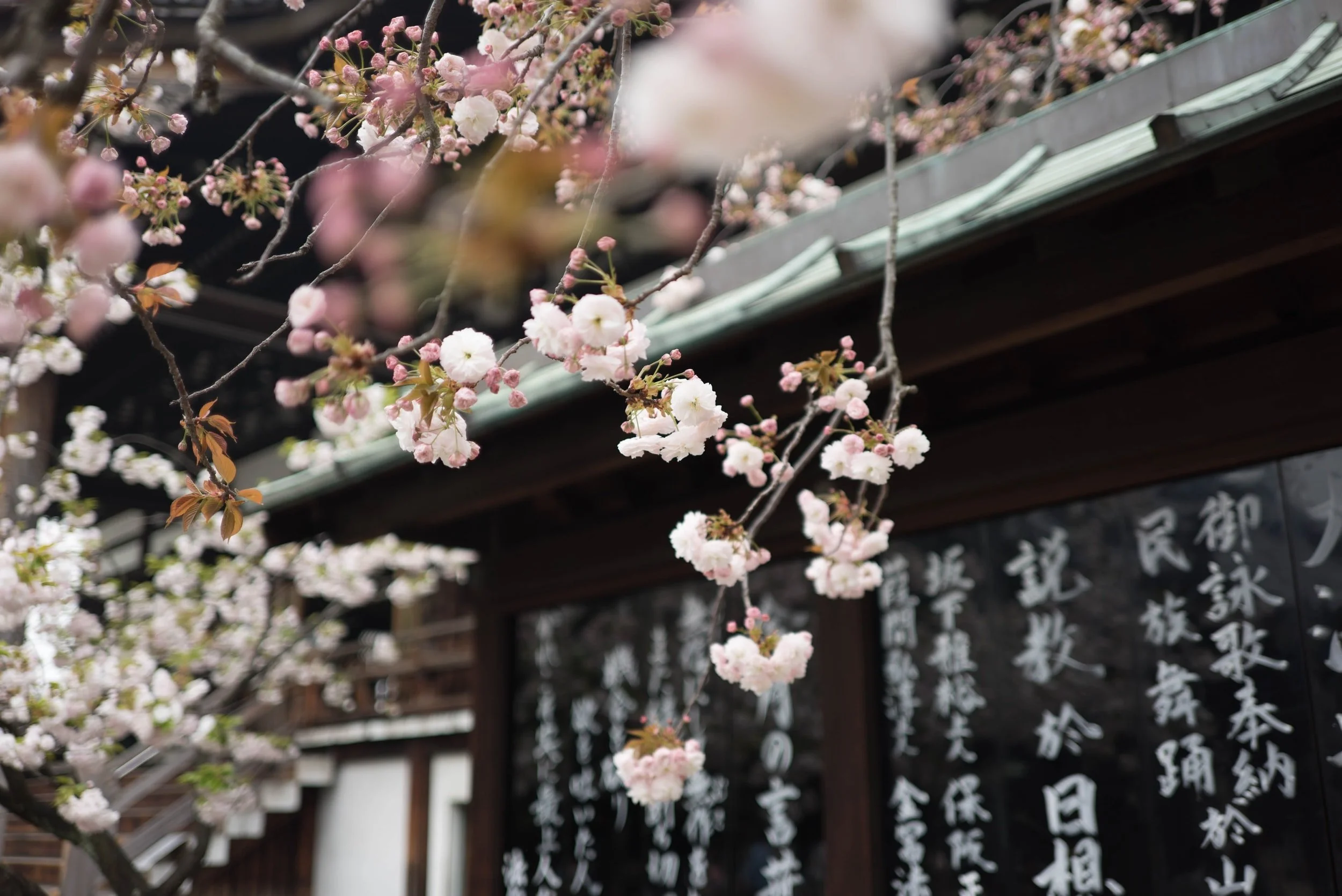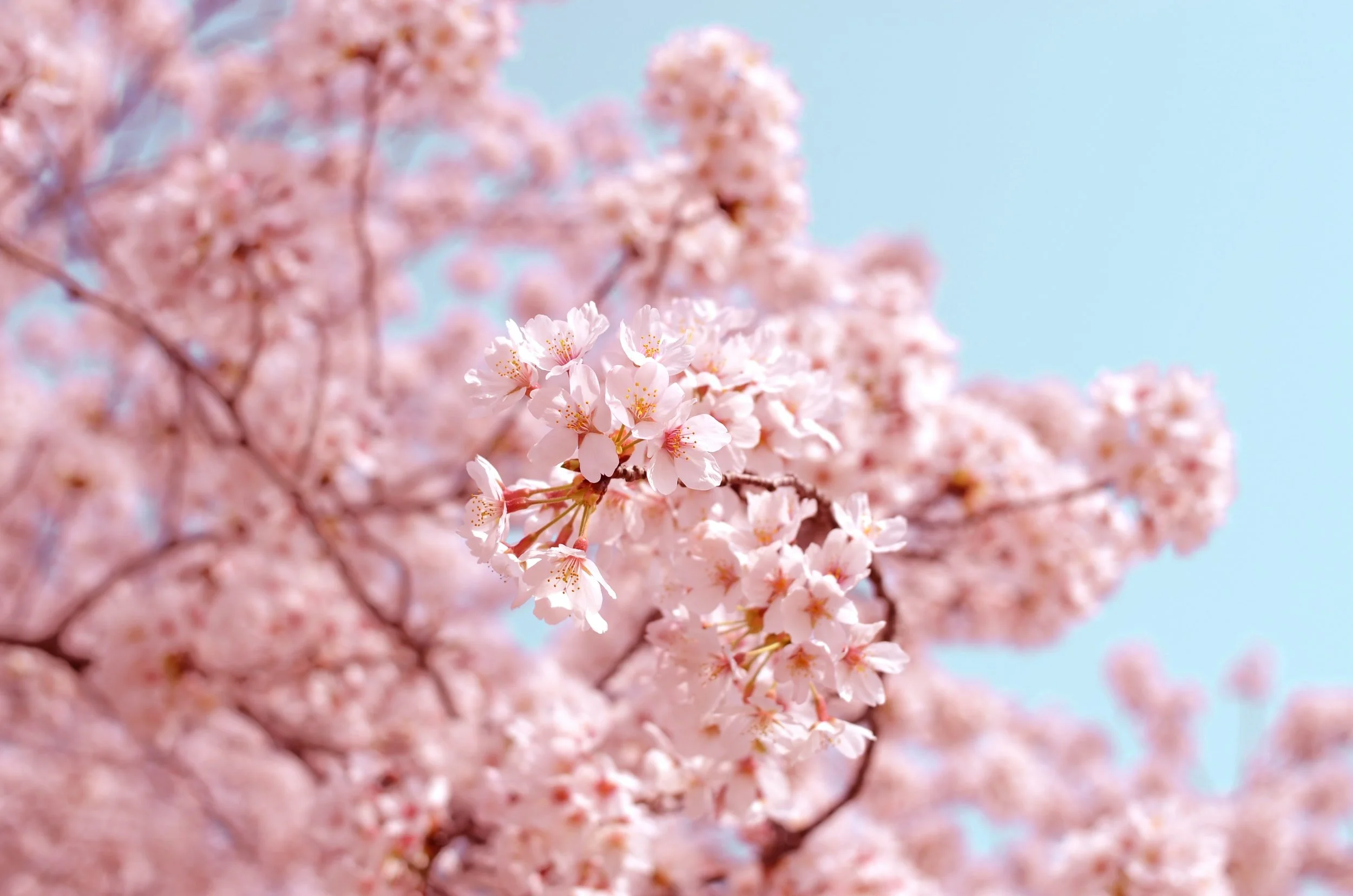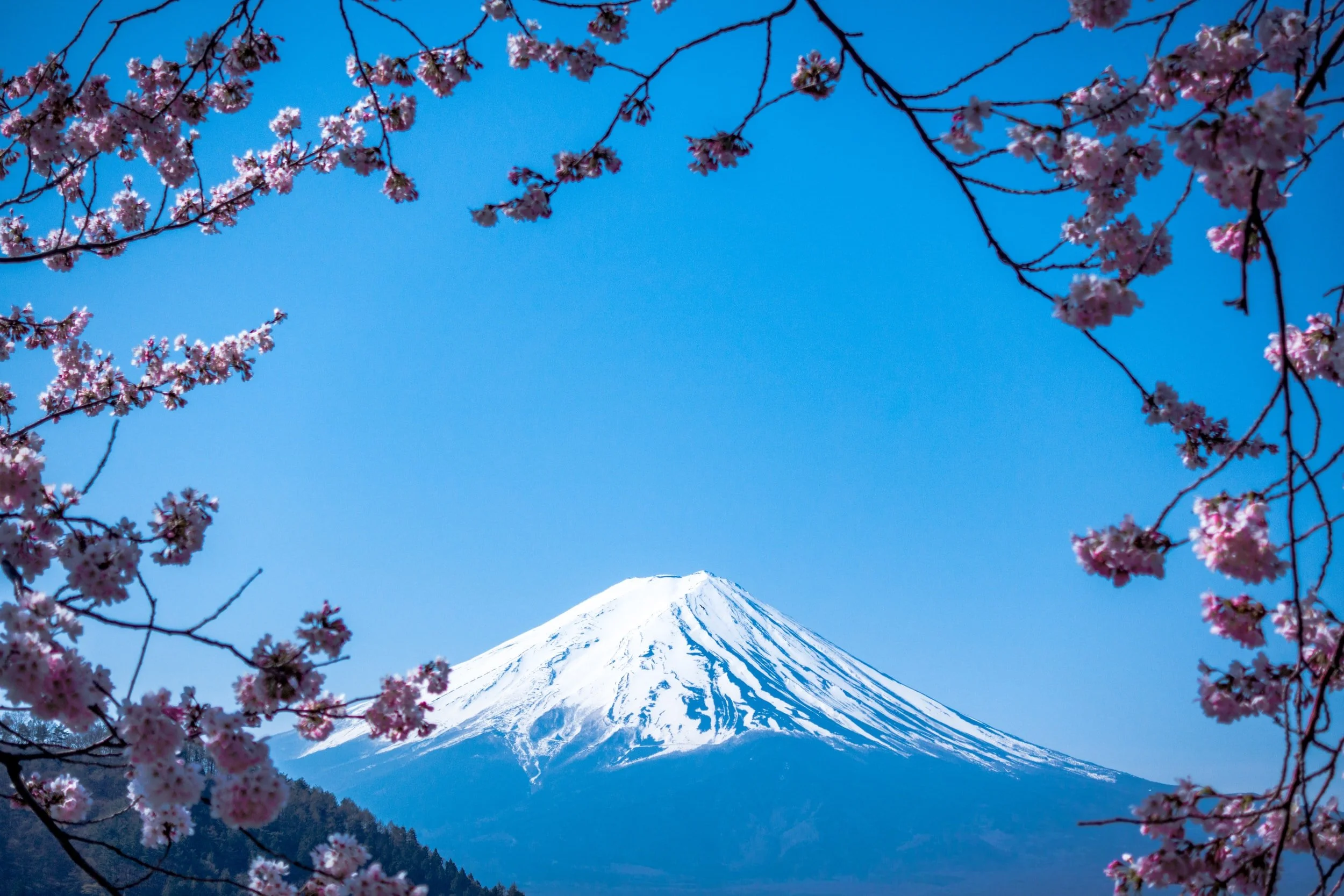REIKI CAMPUS
SHODEN REIKI
REIKI FORUMS COMING SOON
〰️
REIKI FORUMS COMING SOON 〰️
SHODEn reiki ❊ LEVEL 1
Shoden teaches how to practise healing the self and the basics about helping others. At this level the student is heading out on the path to self-discovery, this is just the beginning.
Techniques & Meditations
Techniques and meditations are the one of the five main elements of the system of Reiki. Various techniques and meditations are taught throughout the 3 levels of the system.
In SHODEN Reiki, there are a number of techniques integral to this level. Before beginning to practise traditional techniques, it is important for the student to understand the traditional Japanese beliefs about energy.
The Japanese think of energy in a distinctive way that is different from that of other cultures. Since Takata’s dead in 1980, many New Age techniques have been incorporated into the system of Reiki. This was a result of the lack of understanding that practitioners had of the system of Reiki’s Japanese roots.
Today, with the re-emergence of original teachings and techniques, practitioners are beginning to rerate their steps and to begin to work with Japanese elements.
These elements are essential to the techniques as they bring the practitioner into the correct state of mind – with correct posture, thought and understanding.
The Japanese meditations that follow are known as KI or energy meditations. They are based on the Japanese understanding of energy. These meditations will lay bare the individual’s original energy
Gassho
Literally gassho means “to place the two palms together”. It actually has several interpretations at different levels.
Initially it is a sign of reverence. It also says, “I revere the Buddha nature in you” – a non-judgemental manner of showing respect for all beings.
The gassho brings all opposites together. It creates unity within the body by bringing the left – and right – hands side together. All opposites become one.
It is possible to see how focused an individual is by the appearance of their gassho. If their concentration is poor, their gassho will be loose and sloopy. A firm gassho indicates a quiet and focussed mind. A firm gassho supports the integration of mind and body as one.
Seiza
Seiza, or correct sitting is the traditional Japanese style of sitting on top of the ankles, with the legs folded underneath and the back erect. When sitting in seiza correctly, it is comfortable and easy to maintain.
To sit in seiza, the legs bend at the knees and the left knee is placed on the floor. The right knee is placed about 20cm from the left. Position the feet onto the floors that the big toes just touch each other. The buttocks are lowered until they rest on or between the heels. If the legs tire or fall asleep, then the practitioner must slightly rise up off the knees to allow better circulation.
From this position the body feels relaxed. Relaxation should be refreshing. Relaxation is when the body is supported permitting the circulation of blood, oxygen, and energy to flow with ease.
The three diamonds
In the Japanese tradition, there are 3 energetic centres. The Three Diamonds. The most well-known is the Hara, which literally means stomach, abdomen, or belly.
Energy is stored at this point of the body and from there it expands throughout the whole body. The other 2 centres are located at the head and the centre of chest. By clearing and connecting all 3 energy centres the practitioner creates unity and balance. This energetic system is the backbone of the system of Reiki.
These 3 diamonds correspond to the energy of Earth (Jap: Chi), Heaven (jap: Ten), and Oneness or Humanity (Jap: Jin). The Earth centre is located just below the navel at the Hara, the Heavenly centre is located in the head and the Oneness centre is located in the Heart (middle of the chest).
In the traditional Japanese teachings and exercises that are still practised today, this energetic system remains the main focus for building a person’s energy.
Hara – Earth KI (Three finger below the navel)
In this centre, one’s original energy is stored. This is the energy one is born with, the energy that is the essence of your life and support your life’s purpose. Original energy is not only the energy one receives from one’s parents when they are conceived. Most importantly it is the energetic connection between the practitioner and the universal life force. It is through this centre that one connects with the strength of Earth KI.
Heart – Heart KI (Centre of the chest)
The energy in this centre is connected with emotions. This “human” energy connects one fully with the human experience. Though this centre one learns life’s process – from childhood through to adulthood and back to being a child. When one is a child, one is without experience, yet as one grows older one become a child with experience. This energy is also known as Heart KI.
Head – Heaven KI (Forehead)
Here exists energy connected with one’s spirit: Heavenly KI. When connected with this centre, one may see colours or develop psychic ability. When working with this energy it is important to remain balanced and centred. When working with Heaven KI, its is important to also spend time focusing on other energy centres through meditation or the relevant techniques.
“The three diamonds of Earth KI, Heaven KI, and Heart KI are at the foundation of the system of Reiki.”
Method to Connect the 3 Diamonds
This technique is traditionally a Qigong technique. Qi gong is a Chinese physical practise that uses slow choreographed movements to stimulate the flow of energy. This technique can easily be used in conjunction with Reiki. The intent of the technique is to connect the three diamonds with each other.
Often, we only use one of the 3 diamonds instead of connecting all 3 energy centres together. The most important thing while practising this technique is to state your intent and to move slowly. You can do this either on yourself or on a client or recipient. It is a very helpful technique to use at the end of a treatment.
Gassho (instructions on how to perform gassho are in the next section) – to centre the mind and set intent.
State your intent that you are going to connect the 3 diamonds.
Place both of your hands about 10 cm off the body over the hara. Feel the connection.
Move both of your hands to the centre of the chest (heart) and stay until you once again begin to feel a connection. Imagine that you have connected the hara with the heart centre.
Now move your hands to the forehead and again stay until you feel the connection. Imagine that you have connected the heart with the mind.
Bring your hands to the heart centre again, feel that connection.
Then move your hands down to the hara. You have completed one cycle of this technique. Repeat steps 3 to 7.
Gassho – to give thanks.
Working with the Precepts
Developing the Spiritual and Mental
Focus
The secret of inviting happiness through many blessings. The spiritual medicine for all illness
“For today only…
Do not anger
Do not worry
Be humble
Be honest in your work
Be compassionate to yourself and others”
Do gassho every morning and evening keep in your mind and recite Usui Reiki Ryoho
Improve your mind and body.
Working with the precept’s meditation
One of the most interesting methods of working with the precepts is to meditate on them.
1. Gassho – to centre the mind.
2. Focus on your breathing as this will support you in moving into a calm state.
3. Now focus on the first precept: Do not anger, for anger is an illusion
4. What can you feel or sense within yourself?
5. Is there a physical tightness or opening?
6. Do you feel any old anger coming up?
7. Sit and observe your responses. Do not judge what is happening or coming up for you, just observe and then let them go
When you first begin to work with the precepts, it is better to focus on one precept at a time. That will allow to to discover the many layers that exist within each of these precepts.
When you have been meditating with the precepts for a while you can start to combine any two of them and see how they relate to each other, for example, do not be worried, fear is a distraction with Be compassionate to yourself and others.
CHANTING THE PRECEPTS ❊ JAPANESE ❊
kyo dakewa
Today only
ikaru na
Do not anger
shinpai suna
Do not worry
kansha shite
Be grateful
gyo o hageme
Be true to your way
hito ni shinsetsu ni
Show compassion to yourself and others
Kenyoku Ho Tecnique
A method of dry bathing or brushing off.
Kenyoku – dry bath
Ho – method
This is a practise to purify the body, heart, and spirit. This technique is generally used before and after the practise of any energy work. It is based on a Shinto misogi (purification) technique.
It begins by clearing any tension in the shoulders, heart, stomach, and liver with a stroke. The strokes clear any tension in the shoulders, heart, stomach, and spleen. Strokes along the arms specifically clear the arm and hand meridians.
1. Gassho – to centre the mind and set intent while standing or sitting.
2. Place your right hand on the left shoulder (where collarbone and shoulder meet). Breathe in – and on the out breath – sweep diagonally down from the left shoulder to right hip.
3. On the in breath place your left hand on the right shoulder and – on the out breath – sweep down diagonally from right shoulder to left hip.
4. Breathe in returning your right hand to the left shoulder and – on the out breath – sweep diagonally down from left shoulder to right hip.
5. With the left elbow against your side and with your arm horizontal to the ground, place your right hand on the left forearm. Breathe in and – on the out breath – sweep downwards along the arms to the fingertips.
6. With the right elbow against your side and with your right arm horizontal to the ground, place your left hand on the right forearm. Breathe in and – on the out breath – sweep down along the arm to the fingertips.
7. Breathe in and with the left elbow against your side and with your arm horizontal to the ground, place your right hand on the left forearm. On the out breath sweep down along the arm to the fingertips.
8. Gassho – to give thanks.
Joshin Kokyu Ho Meditation
Focusing the mind on one thing with breath
Joshin – focusing the mind
Kokyu – breath, respiration
Ho – Method
It is used to focus the mind, clear the meridians and to build energy in the hara.
1. Sit and gassho – to centre the mind and set intent. Close your eyes.
2. Place your hands in your lap, palms facing upwards.
3. With each in breath feel the energy coming in though the nose, moving down to the hara and filling the body with energy.
4. On the out breath, expand the energy out of the body, through your skin and continue to expand the energy into your surroundings.
5. Repeat steps 3 and 4 until finished. The exercise may take anywhere from the five minutes to half an hour. If you begin to feel dizzy, then finish the exercise and slowly build on the amount of practise time.
6. Gassho – to give thanks.
Seishin Toitsu Meditation
Creating a unified mind
Seishin – spirit, mind, soul, intention
Toitsu – to unite, unify (to make one)
It is used to clear your mind, to develop sensitivity in the hands and strengthen the hara.
1. Sit and gassho – to centre the mind and set intent. Close your eyes.
2. Place your hands in the gassho position. Focus on your hara. On the in breath begin to bring the energy into your hands. Feel the energy move along your arms, down though your body and into the hara.
3. On the out breath, visualise energy moving from the hara back through the body and then to the arms and out through the hands.
4. Repeat for as long as you wish.
5. Gassho – to give thanks.
“This space is exclusively created for my students. I will do my best to continue adding new techniques and teachings based on this Reiki Level.”










